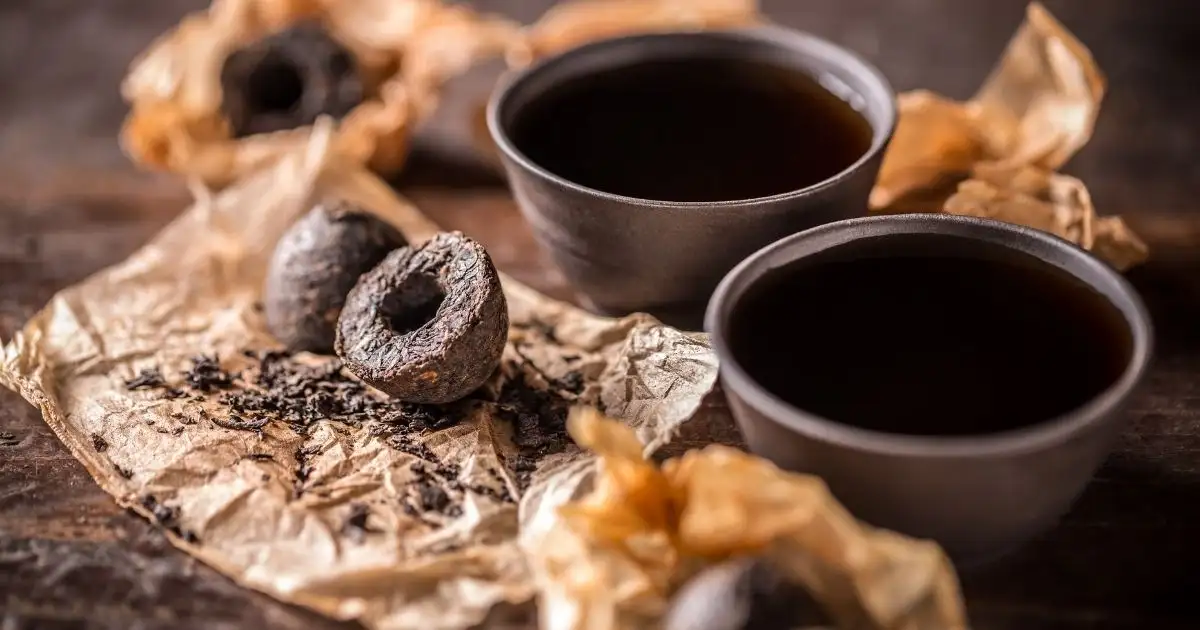
-
 play_arrow
play_arrow
The Ultimate Guide to Tea Brewing Mr. Tea Talk
-
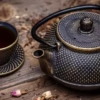 play_arrow
play_arrow
A Comprehensive Review of 3 Must-Have Tea Products on Amazon Mr. Tea Talk
-
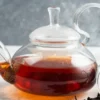 play_arrow
play_arrow
The Ultimate Guide to the Best Tea Essentials on Amazon: Kettles and Teapots You’ll Love Mr. Tea Talk
-
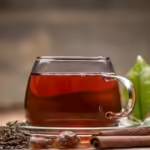 play_arrow
play_arrow
The Best Teapots for Tea Lovers: Silver vs. Borosilicate Glass Mr. Tea Talk
- Home
- keyboard_arrow_right Tea Categories
- keyboard_arrow_rightPodcasts
- keyboard_arrow_rightTea Categories
- keyboard_arrow_right Introduction to Sabaragamuwa Tea/

-
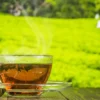 play_arrow
play_arrow
Introduction to Sabaragamuwa Tea/ Mr. Tea Talk
Sabaragamuwa, Sri Lanka’s largest tea-growing region, is renowned for its exceptional teas. Nestled between the Sinharaja Forest and Adam’s Peak wilderness, this region produces low-grown teas with unique flavors and characteristics. The lush, hilly terrain and the diverse microclimates create an ideal environment for cultivating tea plants that yield leaves with a rich, complex taste. Sabaragamuwa tea is distinguished by its dark yellow-brown liquor with a reddish tint and a subtle hint of sweet caramel in its aroma. This tea captures the essence of the province’s natural beauty and cultural heritage, making it a prized choice among tea connoisseurs worldwide.
Sabaragamuwa Tea: Exceptionally Stylish
Sabaragamuwa, Sri Lanka’s largest tea-growing region, is renowned for its distinctive and stylish teas. Spanning from sea level to 610 meters (2000 feet) in elevation, its estates are nestled between the lush Sinharaja Forest to the south and the pristine wilderness of Adam’s Peak to the north. Here, tea bushes thrive in a unique microclimate, producing leaves prized for their exceptional quality.
The liquor of Sabaragamuwa tea mirrors that of Ruhuna teas, presenting a dark yellow-brown hue tinged with a reddish tint. What sets Sabaragamuwa tea apart is its alluring aroma, which delicately hints at sweet caramel notes, offering a refined and memorable tea-drinking experience. This region’s teas encapsulate the natural beauty and diverse terroir of Sabaragamuwa, making them a cherished choice among tea enthusiasts worldwide.

Sabaragamuwa’s Tea Industry and Unique Climate
Sabaragamuwa’s importance in the tea industry has increased since the expansion of markets for Ceylon Tea in the Middle East and the former Soviet Union. The highest estates lie just below the boundaries of the Sinharaja and Peak Wilderness nature reserves, sharing the microclimatic conditions produced by the rainforests, cloud forests, and high grassy plains endemic to this region. As a result, they produce tea with a somewhat different character from that grown at lower elevations in the district. Some of these estates receive the highest rainfall of any in the plantation districts.
Other upper Sabaragamuwa estates receive weather influences from the nearby Uva climatic system, affecting the character of the tea they produce in an entirely different way.
The Sabaragamuwa tea-growing district covers most of the western and southwestern faces of the central mountains of Sri Lanka. The terrain is hilly, with numerous small valleys cut into the hillsides by streams and rivers draining the upper massif. Copiously watered by the southwest monsoon, it features climatic conditions typical of tropical rainforest: hot and humid in the open, moist, and cool where tree cover is thick. Despite being thickly populated, it remains a green and pleasant land, rich in natural beauty. The most famous of its many places of interest is Adam’s Peak or Sri Pada, a 2,200-meter (7,000-foot) conical and symmetrical mountain peak. At the summit, a giant, intricately decorated, and detailed footprint has been carved into the rock. Buddhists, Hindus, and Muslims all venerate this relic, whose origins are lost in the mists of antiquity. Adam’s Peak has been a place of pilgrimage and visitation for longer than anyone can remember, even though the climb is steep and was formerly very dangerous.
A Land of Rich History and Legend
Adam’s Peak is only the most prominent attraction of a land rich in history and legend. Indeed, the earliest traces of human settlement in Sri Lanka, dating back 34,000 years or more, were found not far from Ratnapura. Various legends relating to the ancient Hindu epic, the Ramayana, have been attached to places in Sabaragamuwa. The region also has many important associations in history and folklore and was the scene of much warfare and intrigue during the Portuguese period (1505-1658). Tea from the estates of Sabaragamuwa seems to distill the essence of this rich and varied culture, belying the district’s twentieth-century rise to prominence in the industry.

Conclusion
Sabaragamuwa’s legacy as a land of gems extends seamlessly into its prominence in the tea industry. This province, with its rich history, diverse climate, and unique geographical features, produces teas that are as remarkable and distinguished as its precious stones. The distinct flavors and exceptional quality of Sabaragamuwa tea reflect the natural beauty and cultural heritage of the region. As tea markets continue to expand globally, Sabaragamuwa stands out not just as a source of exquisite gems but also as a producer of some of the finest teas in the world, embodying the essence of Sri Lanka’s vibrant and storied landscape.
Tagged as: Sabaragamuwa Tea.
Download now: Introduction to Sabaragamuwa Tea/
Similar episodes

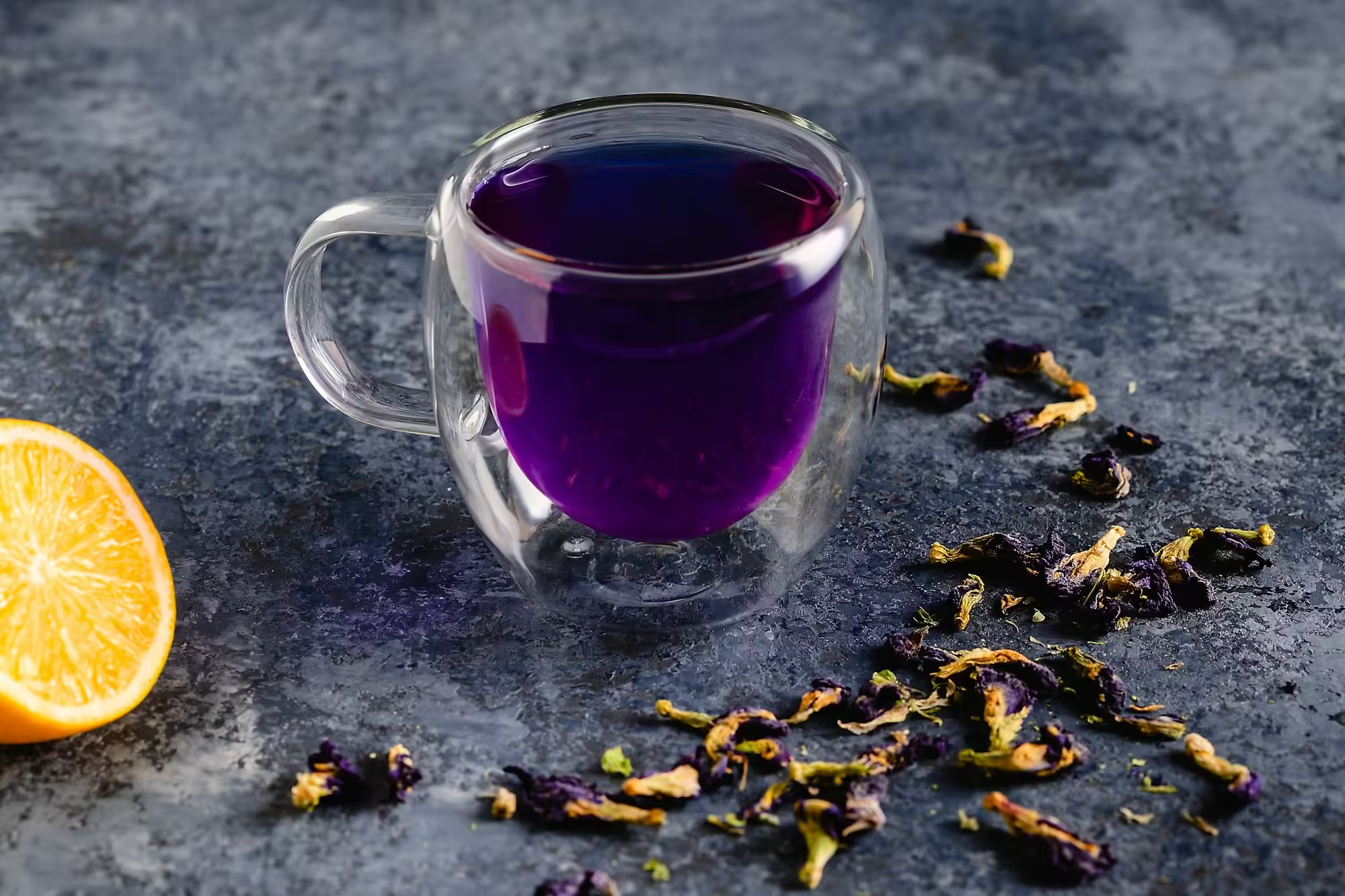
Recent Comments
Categories
Tags
advertisement Best Tea Kettle Ceylon Black Tea Ceylon Green Tea Ceylon tea Ceylon Tea Story Ceylon White Tea Earl Grey Tea Latte fantasy Flowery Orange Pekoe FOP Health Benefits of Tea London Fog Mint Tea OP Slimming Down with Tea Sri Lanka Tea Accessories tea industry Tea Infusers Teapots Tea Time Tea Trade Tea Trays Thai Iced Tea Ultimate Guide to Teapots-
Recent Posts
- The Ultimate Guide to Tea Brewing
- A Comprehensive Review of 3 Must-Have Tea Products on Amazon
- The Ultimate Guide to the Best Tea Essentials on Amazon: Kettles and Teapots You’ll Love
- The Best Teapots for Tea Lovers: Silver vs. Borosilicate Glass
- The Best Teapots for Your Tea Ritual: Glass vs. Cast Iron (Tetsubin)
Archives
Meta
Search in site
Most Popular Podcast
Recent Podcasts
Copyright | Ceylon Wild Tea - All Rights Reserved | 2025

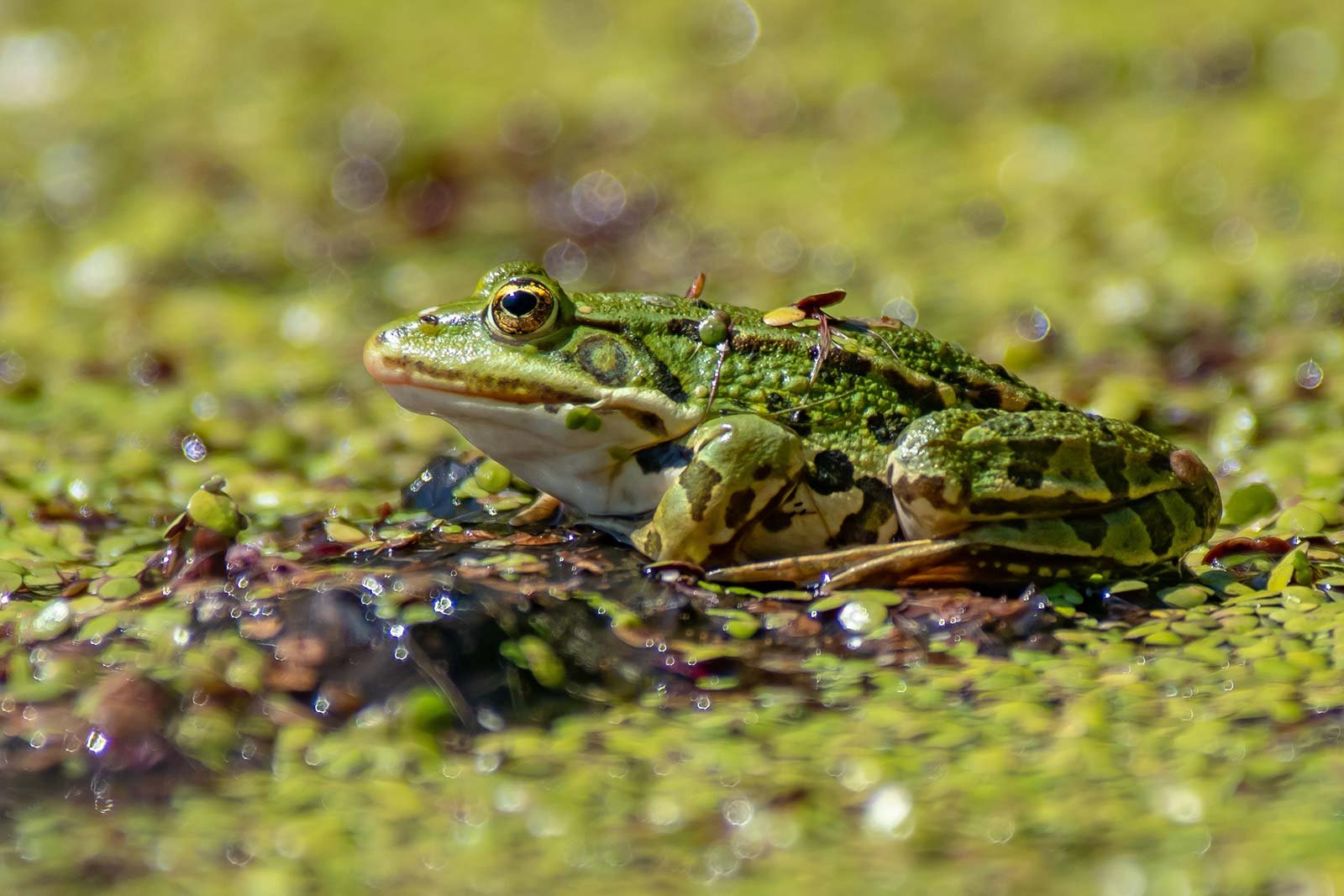




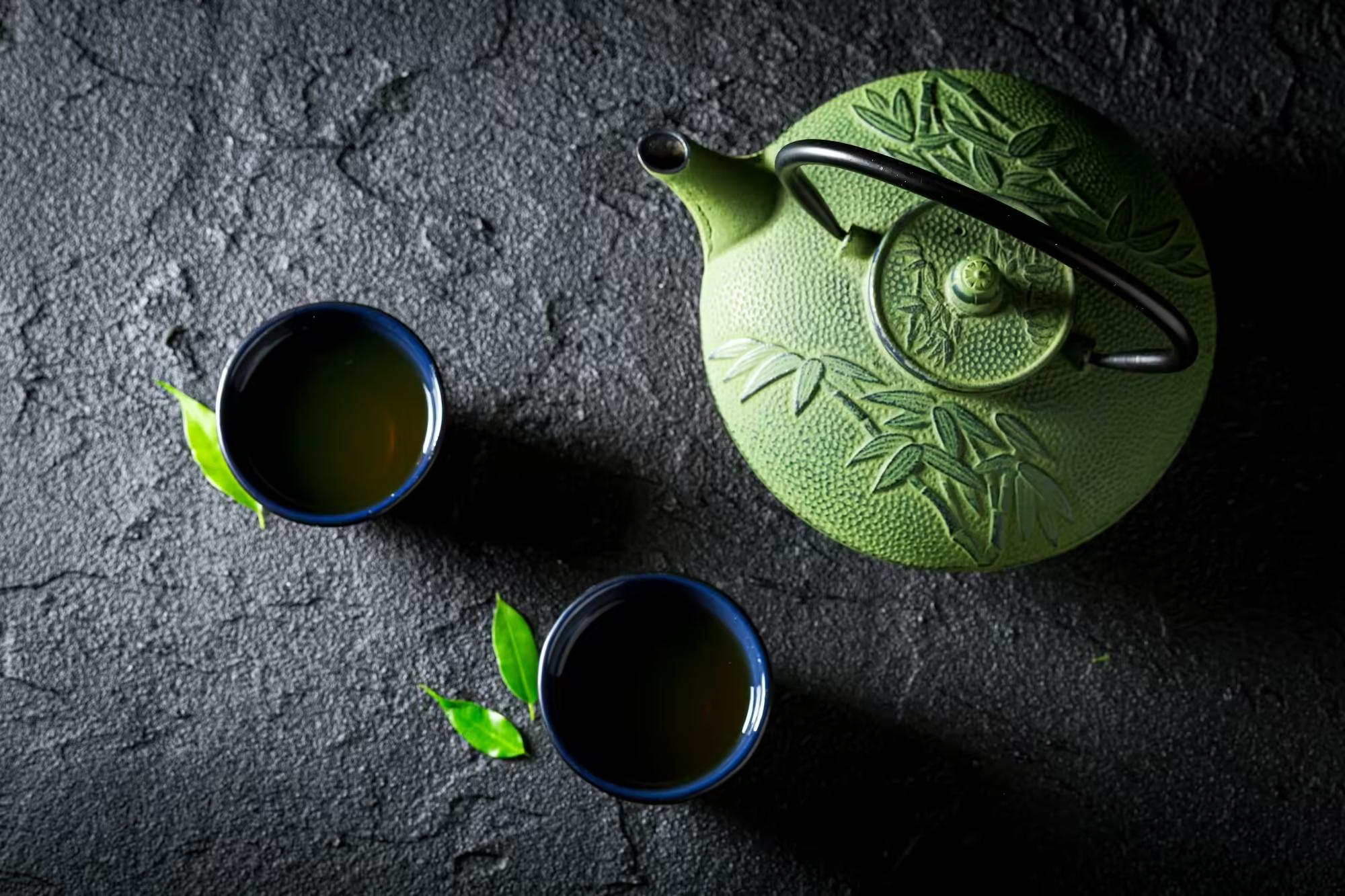
Post comments
This post currently has no comments.